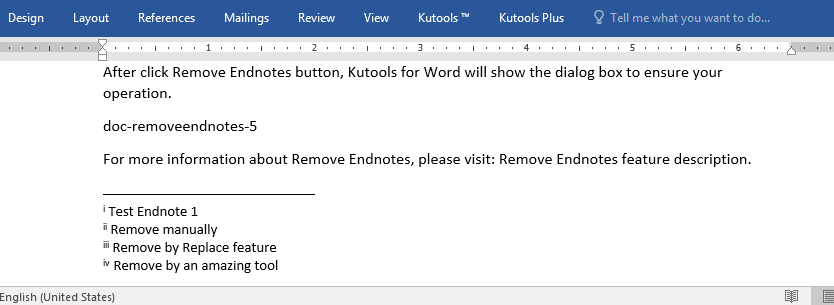
Thus, the benefits of these tweaks in terms of giving you space to add additional content will depend on whether your constraints are defined relative to word count or page count.Īs an aside, I think the ease with which you can include heaps of references using Vancouver is a major reason why medical journals have higher impact factors. E.g., using "J" rather than "Journal" in the journal name will not remove a word. Select the third option - 'Create a bibliography for each section and a complete bibliography at the end of the document.'. In the output style go to Sections on the left menu. It is worth noting that many of these features will reduce character counts and page counts but not word counts. To do this, in EndNote: Go to the Edit menu and select Output styles > Edit your selected output style. It omits comma between author surname and initial.It omits full stops after author initials.End page numbers often omit the leading number e.g., 258-60 would indicate 258 to 260.It uses journal abbreviations, so the length of each citation is often shorter.In terms of the actual references, Vancouver is also quite terse: You can also include ranges like 1-5 for five references. Like footnotes (which appear at the bottom of the page that references them), endnotes are indicated by a superscript number, which corresponds to their placement on the Notes page.


But the shortest is to put the numbers as superscripts without parentheses. Endnotes are references or explanations that are placed at the end of a text, such as an article, research paper, or book. In terms of in-text citations, it is short.


 0 kommentar(er)
0 kommentar(er)
